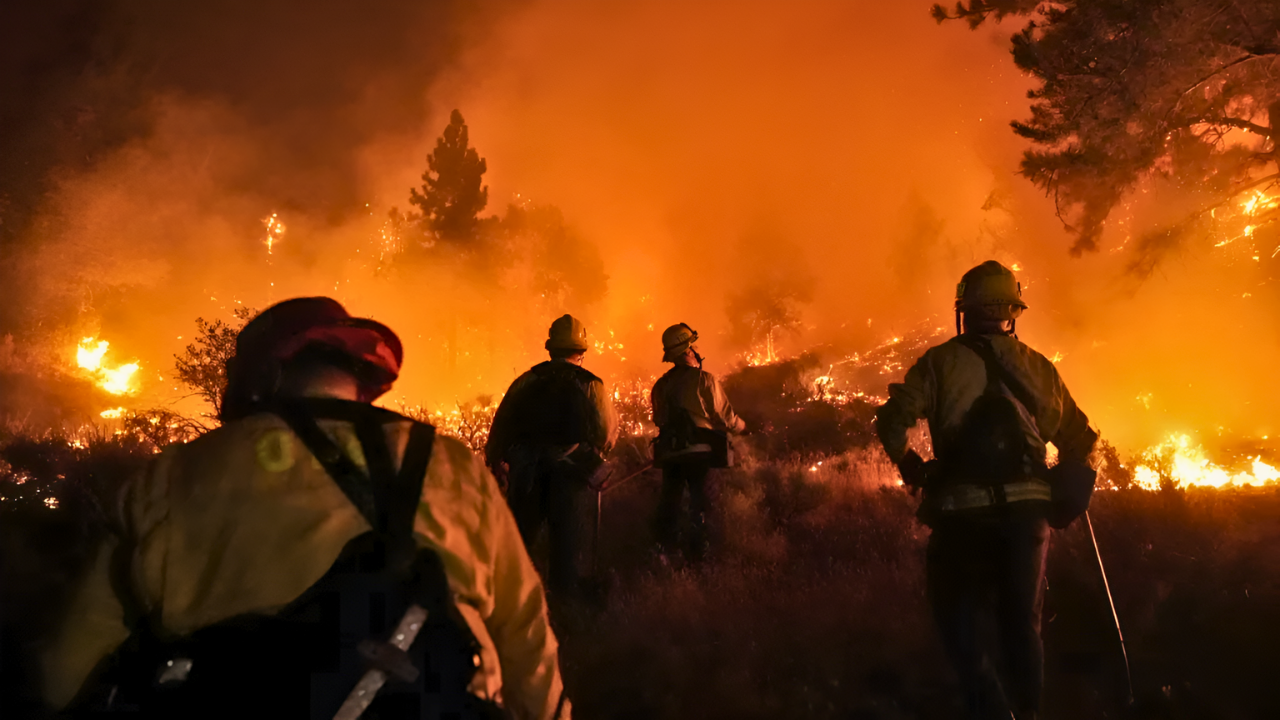
Fire alerts have taken over a huge stretch of the central U.S. as strong winds and critically low humidity worried residents in Kansas and Colorado on Monday, October 20, with elevated fire weather concerns extending to Texas, New Mexico, and Oklahoma—creating a five-state corridor of wildfire risk.
Red flag warnings, which mean conditions are just right for fires to take off, covered portions of Kansas and Colorado. With communities on edge, officials urged everyone to stay informed and avoid any activities that might accidentally start a fire.
Experts Sound the Alarm
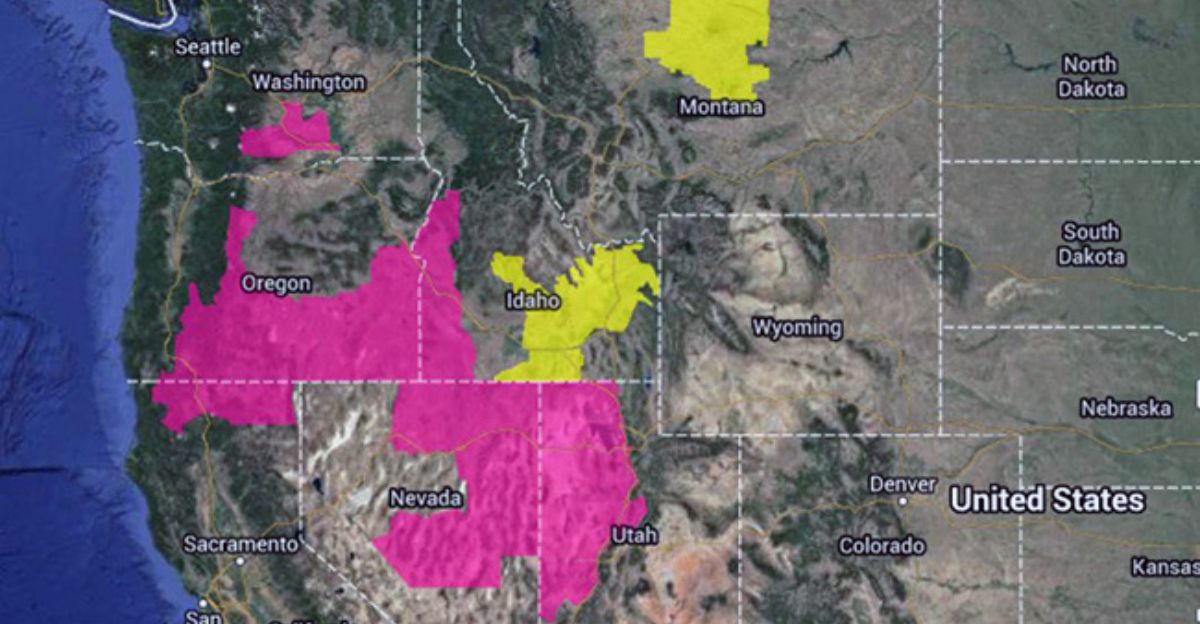
Weather experts kept a close eye on the situation, raising alarms over the rare combination of factors that makes wildfires more likely. Winds reached between 25 and 55 mph, making it easy for embers to fly and start new fires miles away.
These meteorologists warned that, during the warning period, the risk was elevated, and everyone should take safety warnings seriously. “This is one of our prime seasons to see red flag warnings,” said NWS lead meteorologist Kyle Knight. “Fall and spring tend to be one of our busiest in between getting higher precipitation amounts.”
Which States Are at Risk?
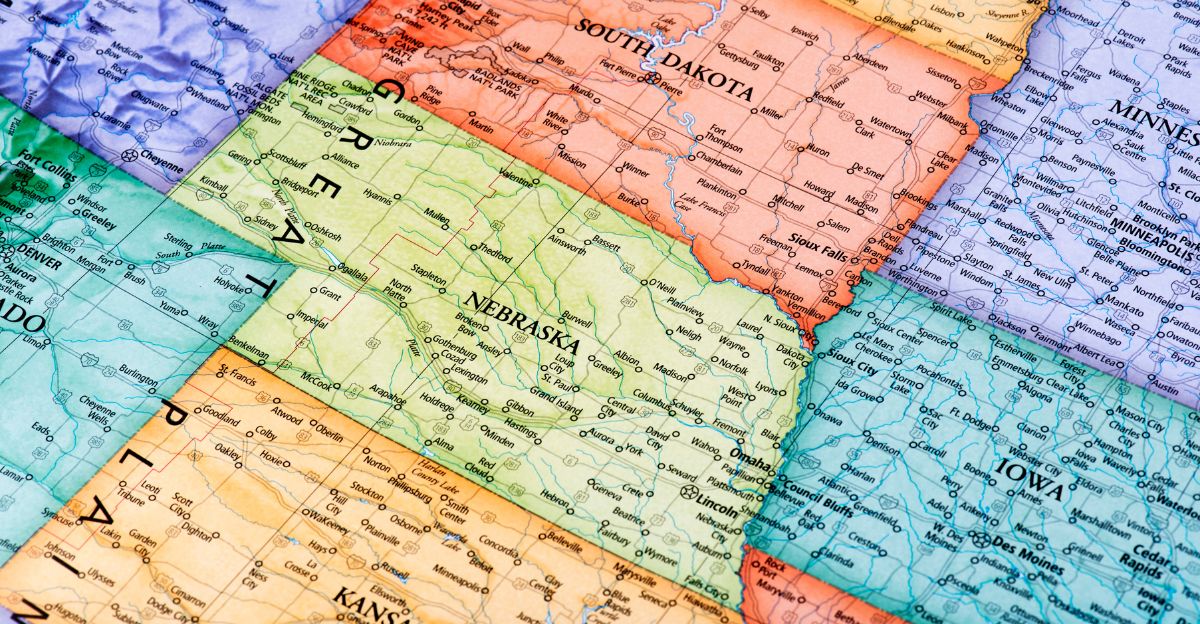
Kansas and Colorado faced heightened fire danger on October 20, with elevated concerns extending to parts of Texas, New Mexico, and Oklahoma. These areas experienced low humidity and strong winds, making their fields, grasslands, and towns vulnerable.
Portions of Kansas and eastern Colorado were under red flag warnings, with fire weather conditions expected to shift into north and central Texas by Tuesday afternoon. The combination created a five-state corridor of fire danger, with red flag warnings covering Kansas and Colorado while elevated fire weather conditions threatened Texas, New Mexico, and Oklahoma. If a fire starts under these conditions, there’s a real danger it could spread so quickly that fire crews would have little time to contain it.
The Wide Reach of Red Flag Alerts
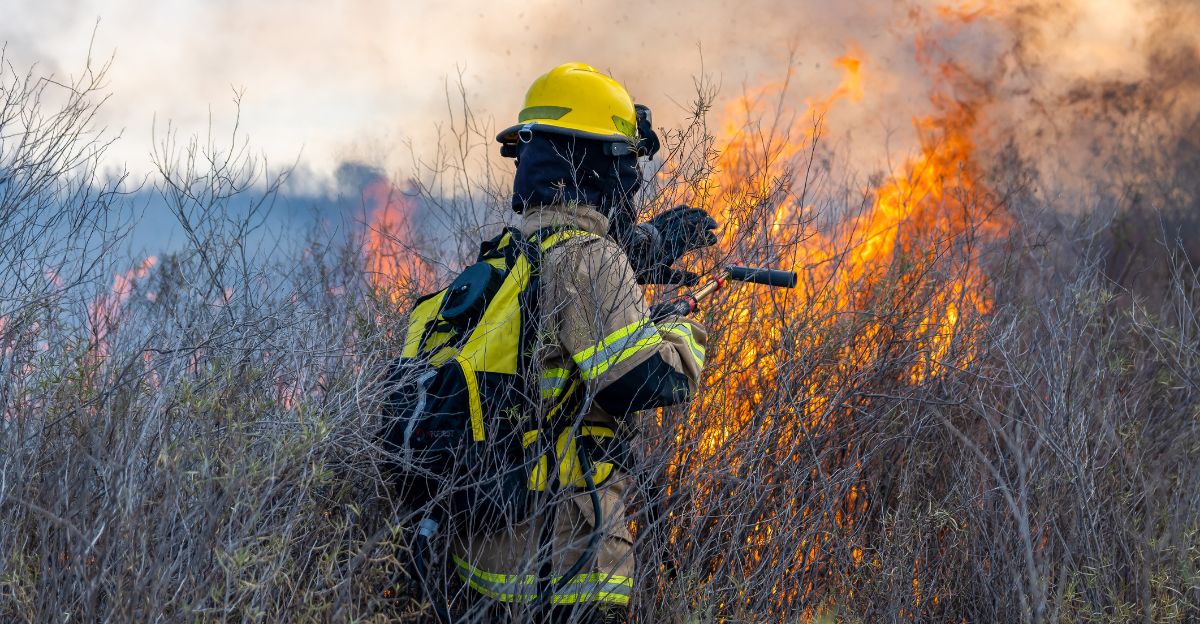
Significant portions of Kansas and Colorado were under urgent red flag warnings on Monday, October 20. Residents in affected counties were advised to have an evacuation plan in place and avoid outdoor burning activities.
The warnings were in place to help protect communities before flames even started. “In parts of the central and southern Plains, an overlap of gusty winds and dry conditions may produce elevated fire concerns. Those elevated fire weather conditions will shift into north and central Texas by Tuesday afternoon,” said NWS on Facebook.
How Windy is Too Windy?

Wind plays a huge role in wildfire danger. In Kansas, northwest winds were clocked at speeds of 25 to 35 mph, with gusts reaching up to 55 mph. In Colorado, wind speeds varied from 15 to 35 mph depending on the specific area, also with gusts reaching up to 55 mph.
These winds can dry out grass and crops, turn small embers into big flames, and spread fire by tossing burning debris far from where it started.
Drought Turns Fields into Firewood

After months of little rain in some areas, grasslands and farmlands across the region were dangerously dry. These dry conditions make it much easier for fires to start and spread.
“Conditions will be favorable for rapid fire spread,” said NWS Pueblo. “Avoid outdoor burning and any activity that may produce a spark and start a wildfire.”
Extreme Dryness Adds Fuel
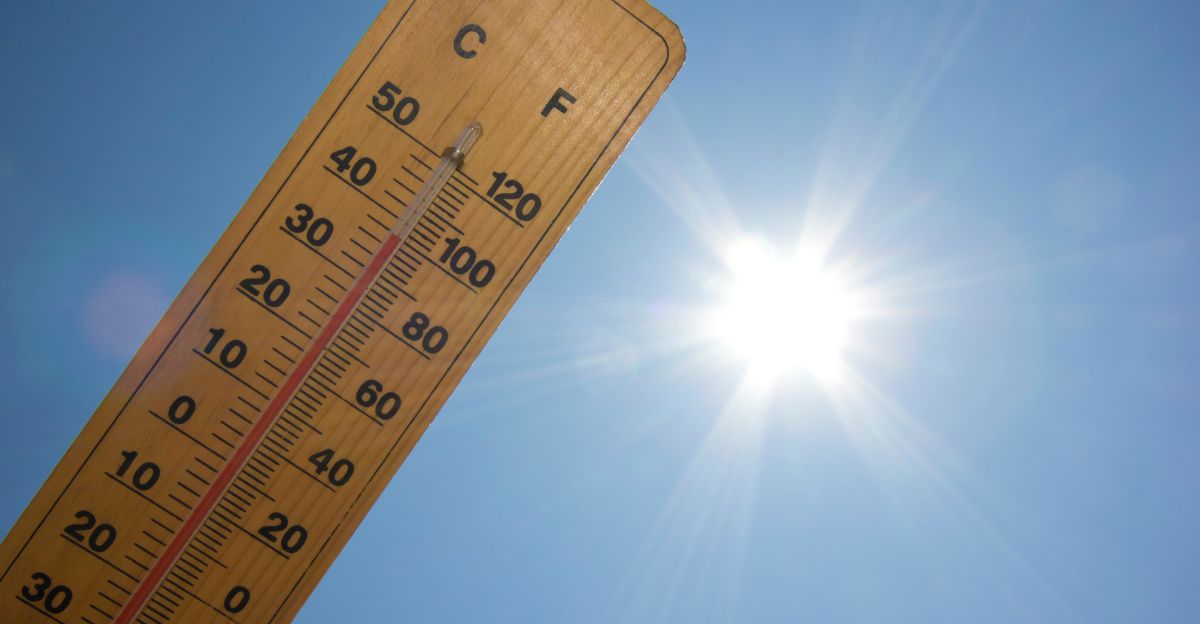
Unusually low humidity was adding to the problem. Relative humidity dipped to as low as 12 percent in Kansas and the Pueblo region of Colorado, and 14 percent in the Denver area. This desert-level dryness made everything even more vulnerable to ignition.
Meteorologists noted that such low humidity levels create ideal conditions for unpredictable fire behavior.
Farmers on High Alert
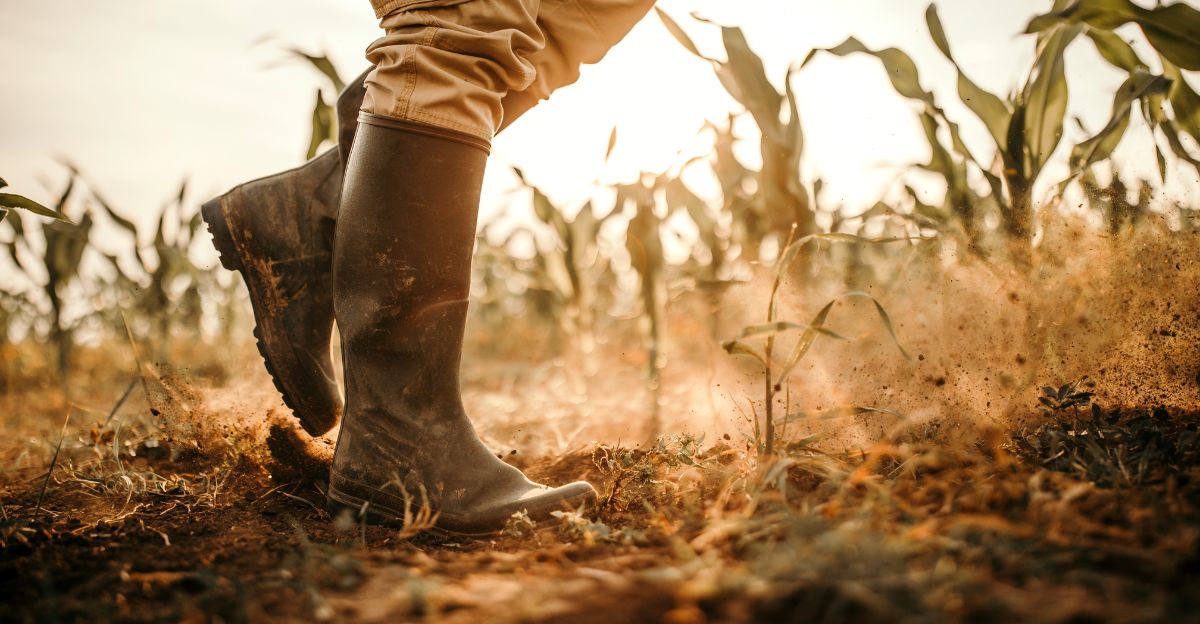
Rural communities and farmers were especially nervous. Their fields and equipment could become tinderboxes in a flash. Experts recommended that farmers avoid burning leftover plant material and be extra careful with equipment that could spark a fire.
Cities Aren’t Safe Either
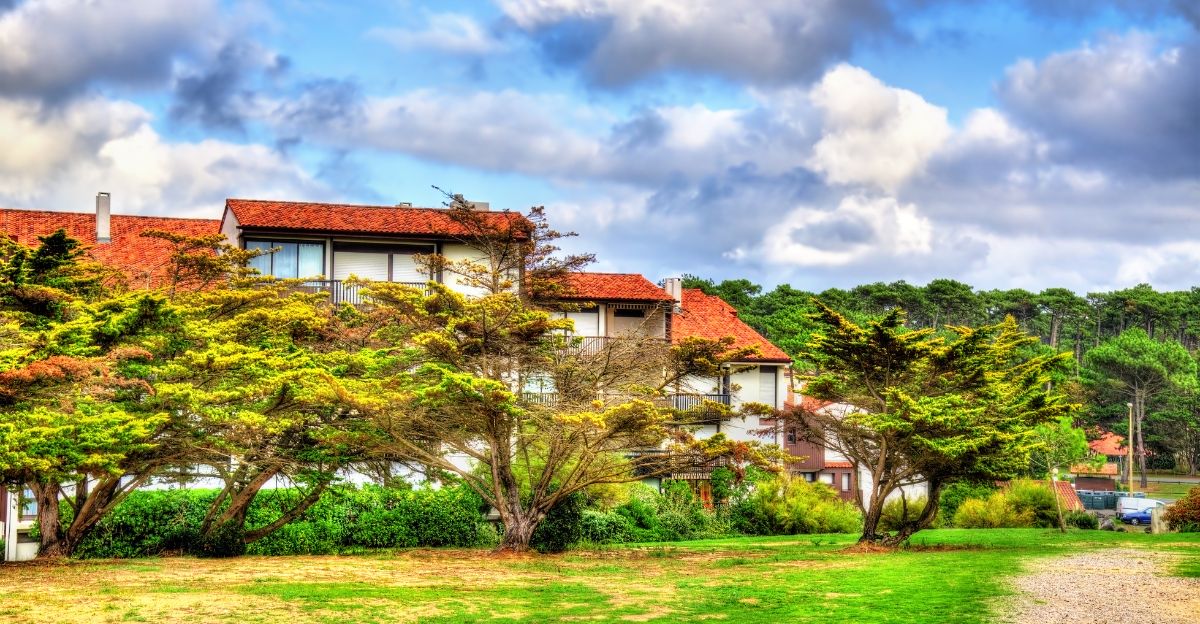
Even city neighborhoods in the warned areas were advised to be vigilant. Fire officials cautioned that homes located near dry grasslands or overgrown lots face elevated risk.
Residents were urged to avoid grilling or lighting any open flames outdoors. Authorities asked people to make a plan for quick evacuation if needed and to stay alert by keeping up with local news.
Fire Crews Ready for Action
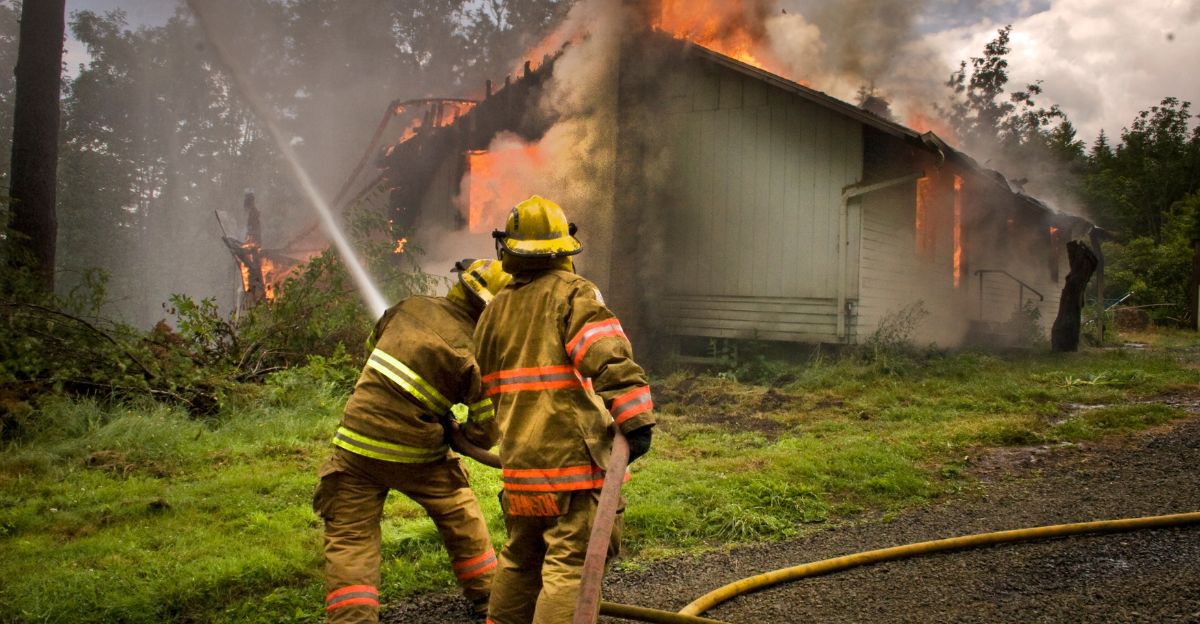
Local and regional firefighting teams were on standby in affected areas, ready to respond fast if a wildfire started. Fire departments coordinated with emergency management agencies to ensure rapid response capabilities.
Communities increased their preparedness, and in some counties, extra fire trucks were stationed nearby, ready to move at a moment’s notice.
What Fire Officials Are Saying
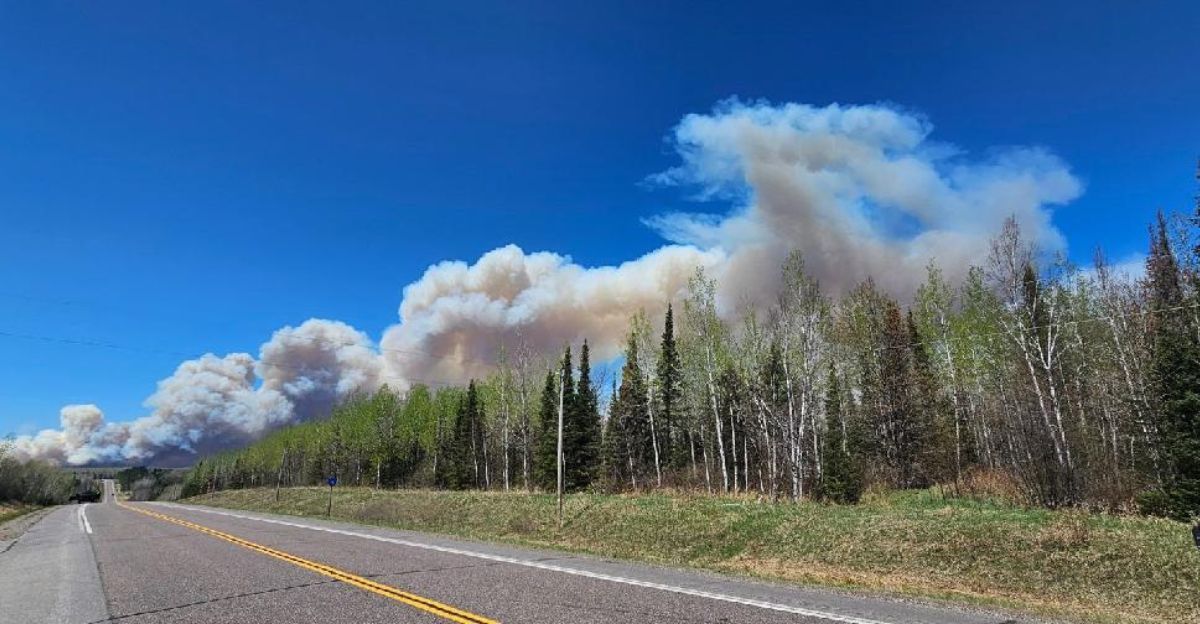
Fire officials across Kansas and Colorado emphasized the severity of the October 20 conditions. The National Weather Service warned of “unpredictable fire behavior” with any fires that develop potentially growing and spreading rapidly out of control.
The combination of strong winds, extremely low humidity, and dry vegetation created a dangerous scenario that required immediate public awareness and caution.
Simple Safety Rules That Save Lives

Officials asked everyone to be especially careful during the red flag warning period, not to throw lit cigarettes outside, not to start yard waste fires, and to check for local burn bans.
“Comply with burn bans and regulations. Avoid driving on dry grass or brush. Maintain vehicle brakes and tires, and secure tow chains to avoid dragging. Never toss lit cigarettes onto the ground,” said NWS Goodland.
Stay Smart in the Great Outdoors
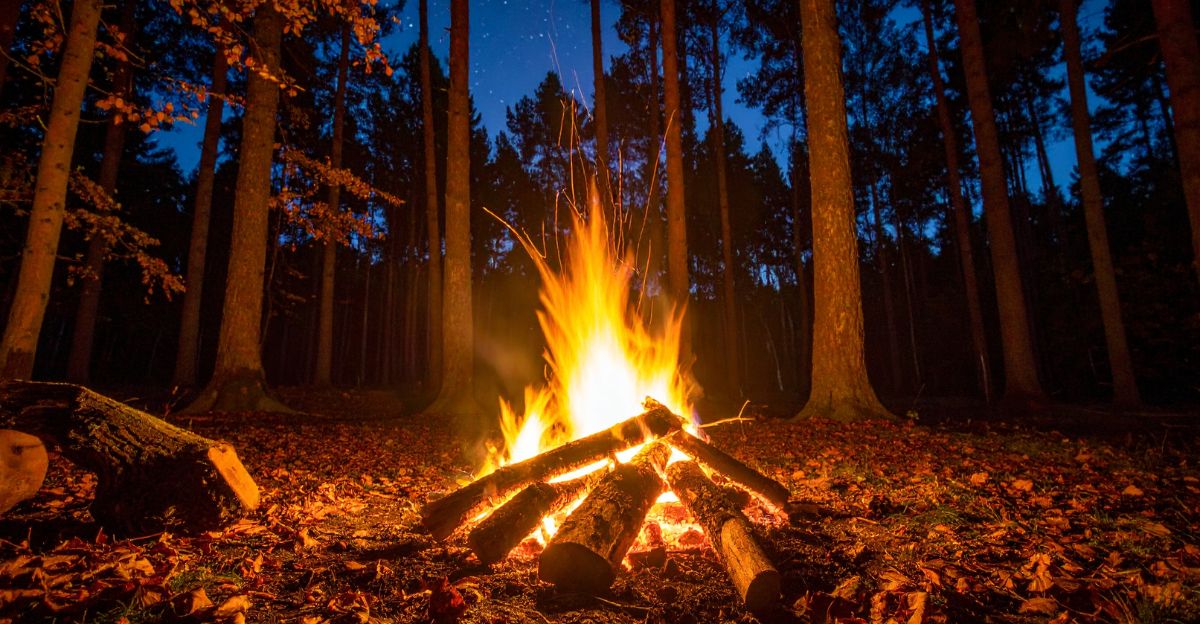
People who enjoy hiking, camping, or hunting were urged to avoid high-risk activities in dry grasslands and open areas during red flag warning periods. Officials stressed that it’s important to report any smoke or flames right away.
Recreational fires and campfires should be avoided during red flag warnings, especially since help could be far away and fires can spread in minutes.
Smoke and Travel Troubles
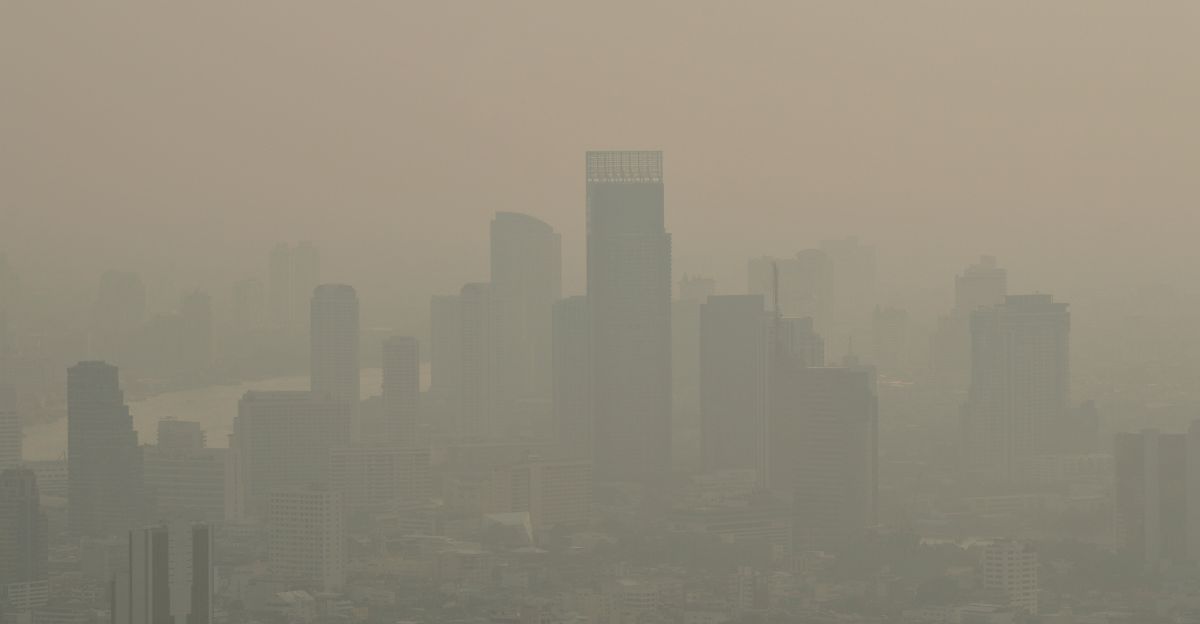
Wind not only makes fires worse, but it also creates problems for trucks, RVs, and people driving across open highways. Strong gusts can make driving dangerous.
Smoke from any wildfires that might develop could lead to unhealthy air quality in cities downwind from the flames, especially for people with asthma or other breathing issues.
What’s Next for the Central Plains?

The red flag warnings expired Monday evening at 6 p.m. local time. However, fire officials noted that fall and spring remain prime seasons for elevated fire weather conditions across the central Plains, with shifting weather patterns creating ideal conditions for rapid fire spread.
In the meantime, fire officials stress staying tuned to official weather channels, following local advisories, and working together to keep everyone safe.